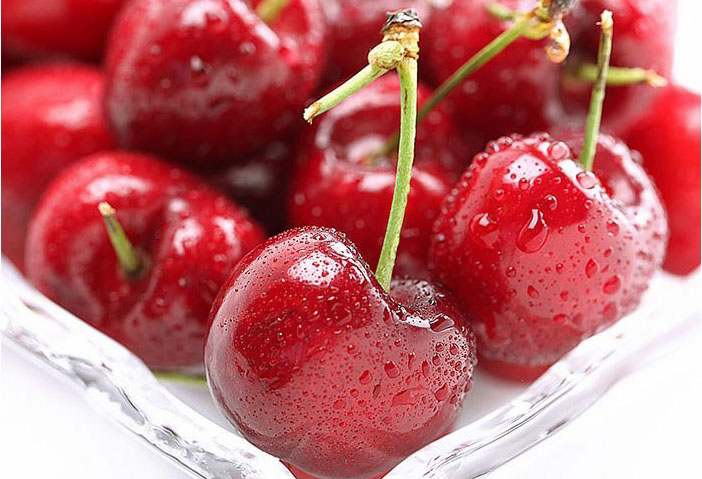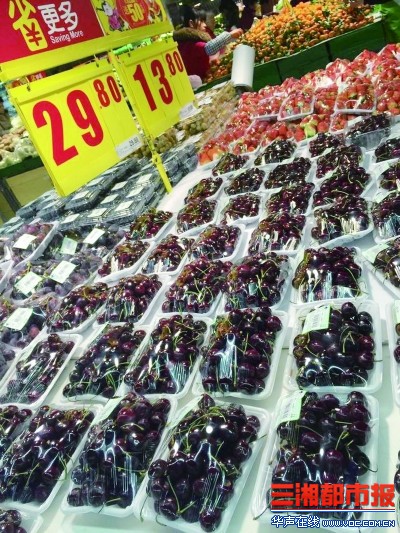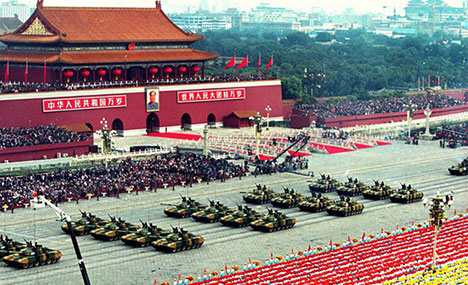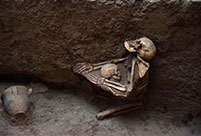


In a single year of 2014, Chinese people eat two million boxes of cherries imported from the U.S.
What some may not realize is that there are two words in Chinese for cherry, "樱桃" (yingtao) and "车厘子" (chelizi). While the former is the technically correct term for a cherry, the latter name is a direct phonetic translation of cherry.
When cherry vendors first came to China, they differentiated their product from the domestically grown cherry by giving it this phonetically similar name to cherry.
This decision helped the American cherry grow and flourish in the Chinese marketplace.
However, in the beginning, only high-end markets sold the American cherry, and they were very expensive. A pound would cost between 150 and 180 yuan.
Taking into to account the consumer index at the time, it’s easy to see that cherries were a luxury good.
In 2010, a Chinese company called Fruit Day, in cooperation with the U.S. Consulate, held the first fruits festival.
They were joined by the Northwest Cherries Association, The California Association of Cherries, Peaches, and Plums, the California Raisin Association, and the American Association of Sunkist.
The groups engaged together in online and offline promotion. Since, they have organized the event for three years in a row now.
Afterwards, they found a better way to promote expensive American cherries. Former governor of Washington State, Locke became US ambassador.
Cherries from the northwest once again became a primary manufacturing spot for cherries.
In 2013, the group organized a “Locke Nationwide Cherry Selling” event. During the event lock went to Wal-Mart and Lynx, where he signed boxes of cherries saying, “these cherries come from my hometown, I hope everyone will enjoy them.”
The event’s price of 199 yuan for four pounds sparked a great deal of in China. There were 168 tons of cherries sold in a week.
Follow the success, there still remained the issue of getting more customers to try the homegrown cherries.
The representative company of Fruit Day used the most direct method available, promotion.
In 2014, they began giving deals to customers that brought the price down to as low as 19 yuan a pound.
This price was even cheaper than the domestic cherry.
By the end of the year, e-commerce on platforms like WeChat pushed sales volume up to 500 million.

Imported cherries on sale in a supermarket in Changsha, Hunan
In 2004, cherries coming to China from America totaled 30,000 boxes. As of 2014, that number exceeded 2 million.
However, the cherry fruit is very susceptible to climate change. In 2014, due to hot weather, production dropped by 70%.
Chinese vendors have gone to Chile to purchase cherries. In fact, Chinese people consumed 80% of Chile’s cherries.
The primary consumers of these cherries are mainly young Chinese professionals.
This group pays close attention to their health as well as the quality of the food they eat.
The growth of this market has attracted more foreign growers to try and export their products to China.
New Zealand and Tasmanian cherry production used to primarily sell in Hong Kong and Japan.
Now, their best product first comes to Mainland China, as China is slowly becoming their biggest export market.
 In pics: album of PLA grand military parades
In pics: album of PLA grand military parades Chinese tanks in National Day Parade
Chinese tanks in National Day Parade In pics: shocking aftermath of Tianjin blasts
In pics: shocking aftermath of Tianjin blasts
 Indomitable Chinese people during WWII
Indomitable Chinese people during WWII
 Awesome Chinese missiles
Awesome Chinese missiles Amazing photos of Chinese Air Force in parade
Amazing photos of Chinese Air Force in parade Chinese tanks in National Day Parade
Chinese tanks in National Day Parade Striking moments when strategic missiles are launched
Striking moments when strategic missiles are launched Shocking scenes found in 4000-year-old earthquake relic
Shocking scenes found in 4000-year-old earthquake relic China’s ethnic minority games
China’s ethnic minority games SDR extension may prompt more opening
SDR extension may prompt more opening Feng shui foundations
Feng shui foundations President Park’s China trip a logical choice
President Park’s China trip a logical choiceDay|Week